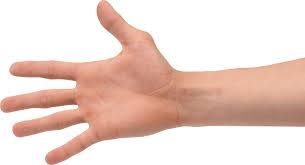
In a general sense, economics is the study of production, distribution, and consumption and can be divided into two broad areas of study: macroeconomics and microeconomics. Macroeconomics deals with aggregate economic quantities, such as national output and national income, and is rooted in microeconomics, which deals with markets and decision making of individual economic units, including consumers and businesses. Microeconomics is a logical starting point for the study of economics.
Microeconomics classifies private economic units into two groups: consumers (or households) and firms. These two groups give rise, respectively, to the theory of the consumer and the theory of the firm as two branches of study. The theory of the consumer deals with consumption (the demand for goods and services) by utility-maximizing individuals (i.e., individuals who make decisions that maximize the satisfaction received from present and future consumption). The theory of the firm deals with the supply of goods and services by profit-maximizing firms.
It is expected that candidates will be familiar with the basic concepts of demand and supply. This material is covered in detail in the recommended prerequisite readings. In this reading, we will explore how buyers and sellers interact to determine transaction prices and quantities. The reading is organized as follows: Section 2 discusses the consumer or demand side of the market model, and Section 3 discusses the supply side of the consumer goods market, paying particular attention to the firm’s costs. Section 4 provides a summary of key points in the reading.
Summary
| status | not read | reprioritisations | ||
|---|---|---|---|---|
| last reprioritisation on | suggested re-reading day | |||
| started reading on | finished reading on |